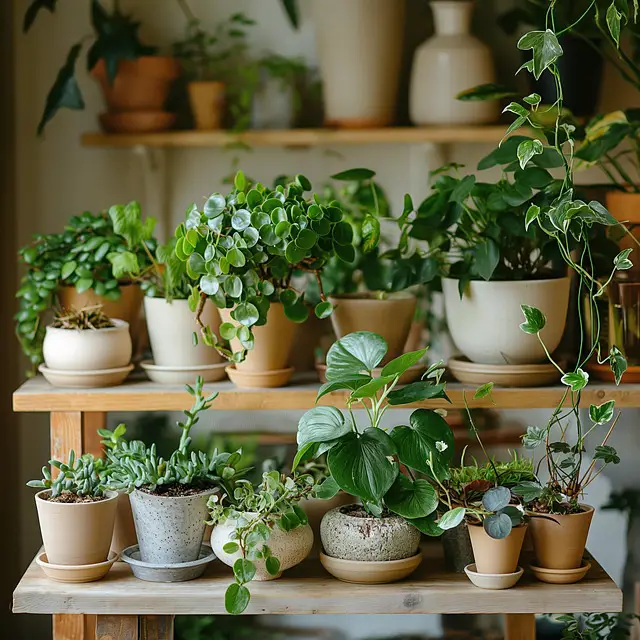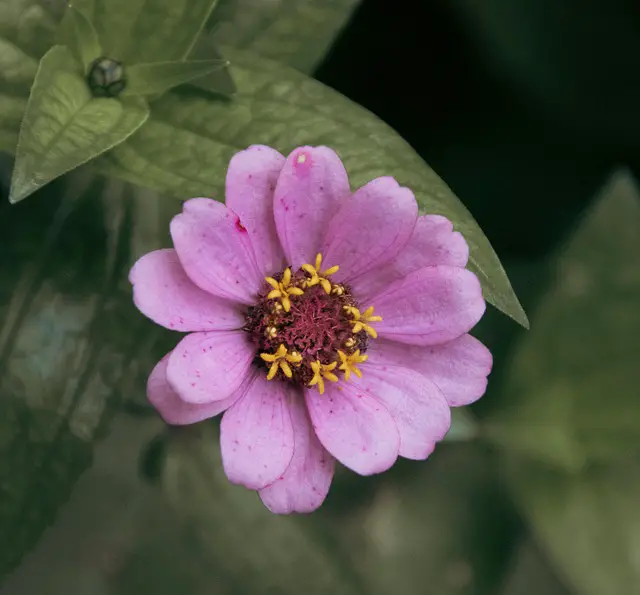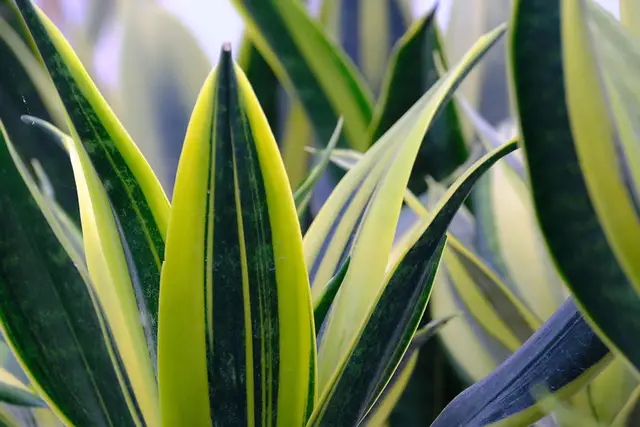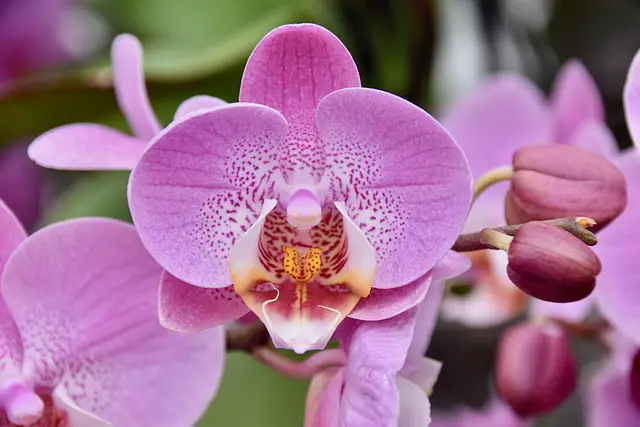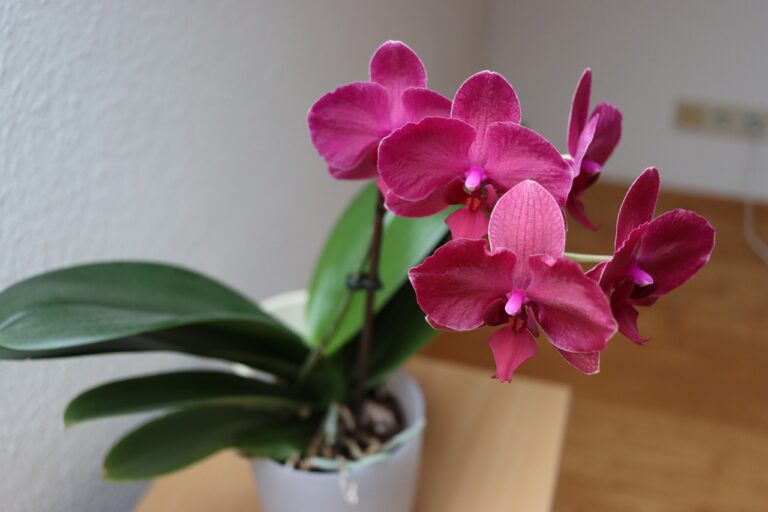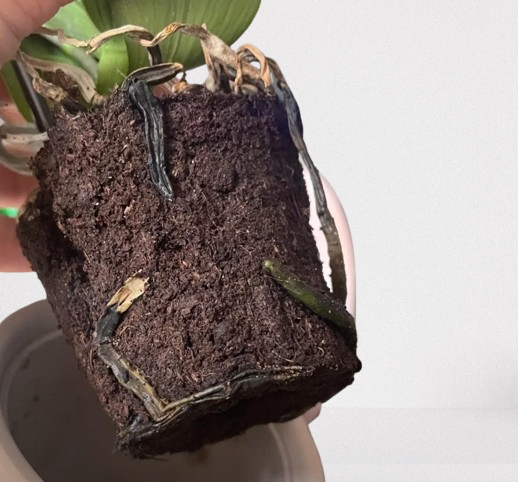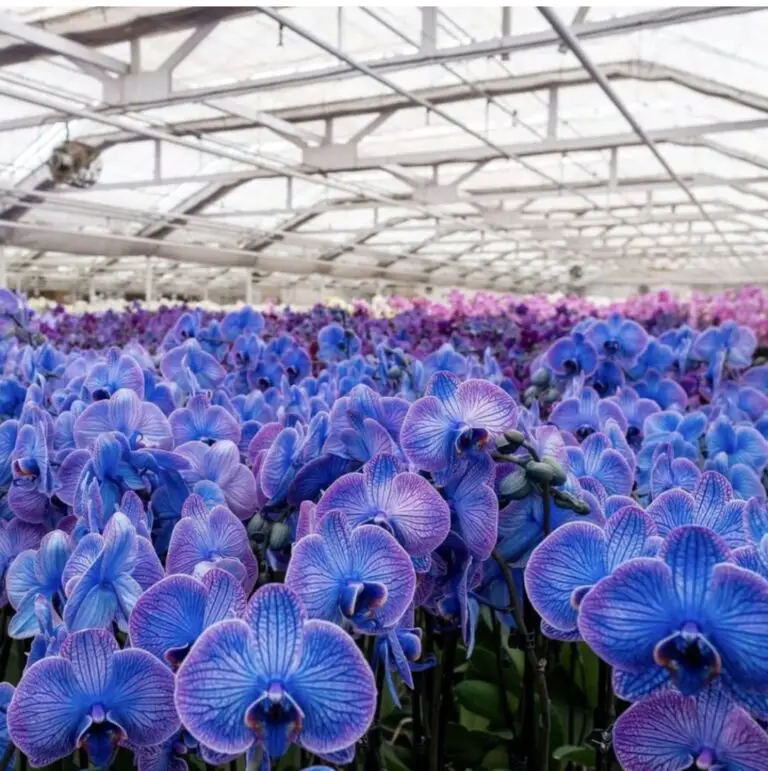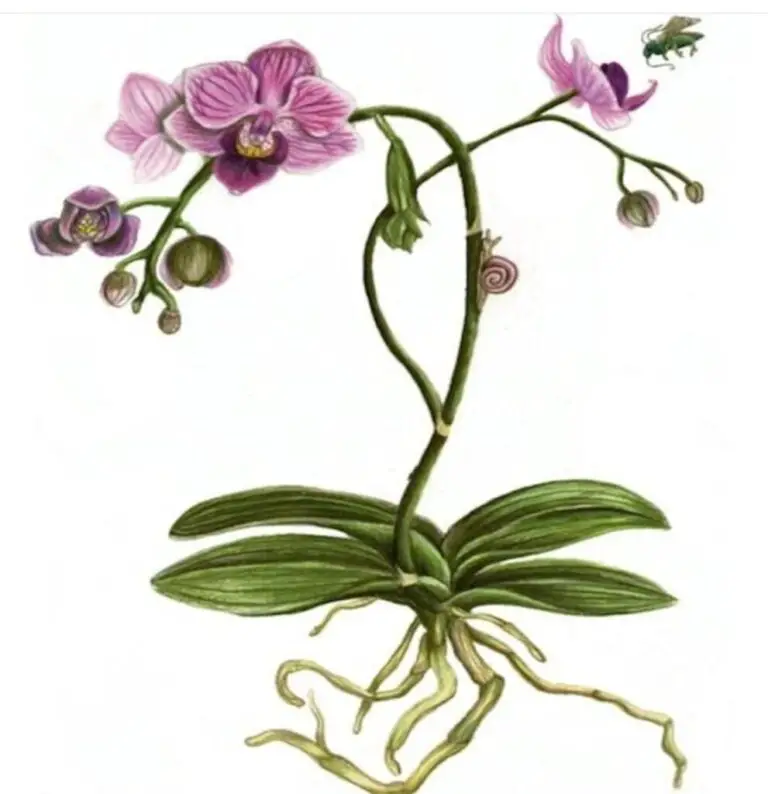The Persian Buttercup flower, scientifically known as Ranunculus asiaticus, is a timeless favorite among gardeners and flower enthusiasts worldwide. Known for its vibrant, rose-like blooms and lush, multi-layered petals, this captivating flower adds a splash of elegance and color to any garden or floral arrangement. Whether you’re a seasoned gardener or a complete beginner, growing Persian Buttercups can be a deeply rewarding experience. Their charming appearance, combined with a surprisingly manageable cultivation process, makes them ideal for those eager to cultivate beauty with confidence.
Despite their delicate look, Persian Buttercups are hardy and adaptable when given the right conditions. From sunny garden beds to container plantings, these flowers thrive with proper care, making them accessible for new gardeners who might otherwise feel intimidated by more demanding plants. This guide is designed specifically to empower you with 20 proven tips and techniques that will help you nurture these blooms like a pro. You’ll learn everything from choosing the right bulbs and preparing your soil to watering, feeding, and protecting your plants against common pests and diseases.
Whether you want to brighten up your home garden, create stunning bouquets, or simply enjoy the satisfaction of growing something beautiful, mastering the art of Persian Buttercup cultivation is easier than you might think. By following these expert tips, even those new to gardening can cultivate vibrant, healthy plants that flourish season after season. Get ready to discover how to grow Persian Buttercups with confidence and success, no matter your level of experience.
- 1 Persian Buttercup Flower
- 2 What is a Persian Buttercup?
- 3 2. Ideal Growing Conditions
- 4 3. Choosing the Right Variety
- 5 4. When to Plant Persian Buttercups
- 6 5. Selecting Quality Bulbs
- 7 6. Preparing the Soil
- 8 7. How to Plant Bulbs Properly
- 9 8. Best Locations: Sun vs. Shade
- 10 9. Watering Right After Planting
- 11 10. Daily Watering Tips
- 12 11. Fertilizing for Strong Blooms
- 13 12. Mulching Benefits and Techniques
- 14 13. Managing Pests and Diseases
- 15 14. Staking and Support Tips
- 16 15. Deadheading to Encourage More Flowers
- 17 16. How to Handle Wilting or Yellowing Leaves
- 18 17. Preparing Bulbs for Overwintering
- 19 18. How to Divide and Store Bulbs
- 20 19. When and How to Replant
- 21 20. Common Mistakes to Avoid
Persian Buttercup Flower
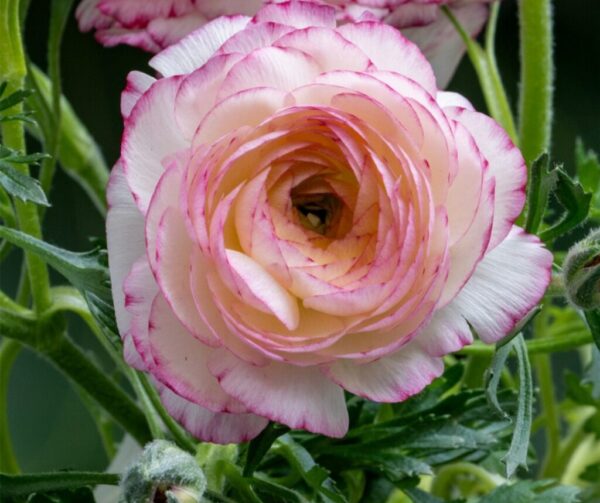
What is a Persian Buttercup?
Persian Buttercups are bulbous perennials that produce bright, rose-like blooms. They thrive in cool climates and are celebrated for their long-lasting flowers and wide color variety, including reds, pinks, yellows, and whites. Understanding the basics helps you appreciate why they’re so rewarding to grow.
2. Ideal Growing Conditions
Persian Buttercups prefer mild, cool climates and grow best in USDA zones 8-10. They flourish in well-drained soil with full to partial sunlight. Avoid overly hot or humid environments, as excessive heat can shorten blooming time and weaken the plants.
3. Choosing the Right Variety
There are several Persian Buttercup varieties, each with unique colors and growth habits. When selecting bulbs, consider the flower size, color palette, and your local climate. Picking a variety well-suited to your environment increases your chances of success.
4. When to Plant Persian Buttercups
Plant Persian Buttercup bulbs in early spring or fall, depending on your climate zone. In cooler regions, early spring is ideal, while warmer climates can benefit from fall planting. Timely planting ensures bulbs establish roots and bloom fully.
5. Selecting Quality Bulbs
Choose firm, healthy bulbs without signs of mold or damage. Larger bulbs typically produce bigger and more abundant flowers. Purchase from reputable nurseries or suppliers to guarantee quality, which directly impacts the success of your plants.
6. Preparing the Soil
Persian Buttercups thrive in loose, well-drained soil rich in organic matter. Add peat moss or compost to your soil before planting to increase its fertility and texture. Proper soil preparation inhibits bulb rot and encourages root growth.
7. How to Plant Bulbs Properly
Plant bulbs 4–6 inches apart and about 2 inches deep.This spacing gives each plant enough room to grow and access nutrients. Ensure the pointed end faces upward to encourage healthy sprouting and growth.
8. Best Locations: Sun vs. Shade
These flowers prefer full sun but can tolerate partial shade, especially in hotter climates. Morning sun with afternoon shade is ideal to protect them from intense heat, which can cause wilting or premature flower fading.
9. Watering Right After Planting
Water bulbs immediately after planting to settle the soil and start root development. During the growing season, keep the soil damp but not soggy. Bright blooms and robust growth are promoted by proper hydration.
10. Daily Watering Tips
Water Persian Buttercups deeply once or twice a week, depending on weather conditions.Steer clear of repeated shallow watering, which weakens roots. To keep the soil consistently moist, vary the frequency of watering during dry or rainy spells.
11. Fertilizing for Strong Blooms
Feed your plants every 3-4 weeks with a balanced, slow-release fertilizer high in phosphorus.This nutrient promotes the general health of the plant and the development of flowers.
12. Mulching Benefits and Techniques
Plants should have a 2-inch layer of mulch applied around them to control soil temperature, maintain moisture, and inhibit weed growth.Organic mulches like bark or straw are best. Mulching also protects bulbs from extreme temperatures and helps maintain a healthy root environment.
13. Managing Pests and Diseases
Watch for common pests such as aphids and spider mites, which can damage leaves and flowers. As safe remedies, apply neem oil or insecticidal soap. Keep plants healthy and avoid overwatering to prevent fungal diseases like powdery mildew.
14. Staking and Support Tips
Tall varieties may need staking to keep flowers upright and prevent damage from wind or rain. Use soft ties and bamboo stakes, placing them gently around the stems to avoid injury. Proper support helps maintain a neat and attractive garden display.
15. Deadheading to Encourage More Flowers
To encourage the plant to generate new blossoms rather than seeds, remove spent blooms on a regular basis.Deadheading keeps plants looking tidy and extends the blooming season, maximizing the beauty and vibrancy of your Persian Buttercup garden.
16. How to Handle Wilting or Yellowing Leaves
Yellow or wilted leaves may indicate overwatering, underwatering, or nutrient deficienciesVerify the soil’s moisture content and modify your watering schedule as necessary.Remove damaged leaves to prevent disease spread and improve air circulation around the plant.
17. Preparing Bulbs for Overwintering
In colder climates, dig up bulbs after foliage dies back. Before keeping them in a cool, dry location, make sure they are completely clean and dry. Proper overwintering protects bulbs from frost and ensures they’ll grow again the following season.
18. How to Divide and Store Bulbs
To keep bulbs vigourous, split crowded bulb clusters every few years. Divided bulbs should be kept in ventilated containers with sawdust or dry peat moss.Check periodically for mold or rot, discarding any damaged bulbs to protect the healthy ones.
19. When and How to Replant
For optimal effects, replant bulbs in the fall or early spring. Rotate planting locations yearly to reduce disease risk and soil depletion. Follow the same planting depth and spacing guidelines to encourage strong growth and beautiful blooms.
20. Common Mistakes to Avoid
Avoid planting in poorly drained soil or shady areas, as this leads to weak growth. Overwatering and ignoring pest control are other common errors. Follow proper planting and care tips to ensure your Persian Buttercups thrive and produce stunning flowers.
Growing Persian Buttercups is rewarding with the right knowledge and care. Even beginners can enjoy colorful, long-lasting blooms by following these 20 expert tips. Get started today, experiment with different varieties, and watch your garden transform into a vibrant floral paradise.
Do Persian Buttercup Flowers attract pollinators?
Yes, the Persian Buttercup Flower attracts bees and other pollinators with its bright colors and open blooms. This makes them beneficial for garden biodiversity and helps in supporting local ecosystems. However, they’re not as strongly scented as some other flowers.
How do I plant Persian Buttercup Flower tubers?
To plant a Persian Buttercup Flower, soak the claw-like tubers in water for 3-4 hours. Then plant them 2 inches deep with the claws facing down, spacing them 6 inches apart. Choose a location with full sunlight and well-drained soil for optimal blooming.
What is a Persian Buttercup Flower?
The Persian Buttercup Flower is a stunning, multi-petaled bloom known for its vibrant colors and rose-like appearance. Originating from the Middle East, it is scientifically known as Ranunculus asiaticus and is popular in floral arrangements due to its beauty and long vase life.
Where can I buy Persian Buttercup Flower tubers?
You can purchase Persian Buttercup Flower tubers from local garden centers, nurseries, or online plant retailers. Look for plump, firm tubers and ensure they’re labeled for your climate zone. Many sellers also offer a variety of colors for stunning mixed plantings.
How long do Persian Buttercup Flower blooms last?
Each Persian Buttercup Flower bloom can last up to seven days when cut and placed in water, making them excellent for floral arrangements. On the plant, blooms can last several weeks if conditions are ideal, with successive flowers appearing over a month or more.
Why isn’t my Persian Buttercup Flower blooming?
If your Persian Buttercup Flower isn’t blooming, it could be due to insufficient sunlight, poor soil, or overcrowding. Also, avoid excessive nitrogen-rich fertilizers, as they promote foliage over flowers. Ensuring proper care will typically restore blooming in the next growing season.
What pests affect Persian Buttercup Flower?
The Persian Buttercup Flower may be affected by aphids, spider mites, and snails. Regular inspection and appropriate pest control methods, such as neem oil or insecticidal soap, can help protect the plant. Good air circulation and avoiding overwatering also reduce pest problems
How do I propagate Persian Buttercup Flower?
You can propagate the Persian Buttercup Flower by dividing the tubers after the plant has finished blooming. Gently separate the clusters and replant them. Ensure each tuber piece has a viable growing point for successful propagation and healthy future blooms.
Is the Persian Buttercup Flower safe for pets?
No, the Persian Buttercup Flower is considered toxic to pets, including cats and dogs. Ingesting any part of the plant can cause symptoms like vomiting, drooling, and skin irritation. It’s best to plant them in areas that are inaccessible to curious animals.
What is a Persian Buttercup Flower?
The Persian Buttercup Flower is a vibrant, multi-petaled bloom known for its rose-like appearance and a wide range of colors. It’s a favorite among gardeners and florists due to its elegant structure, long vase life, and ability to brighten any garden or floral arrangement.

